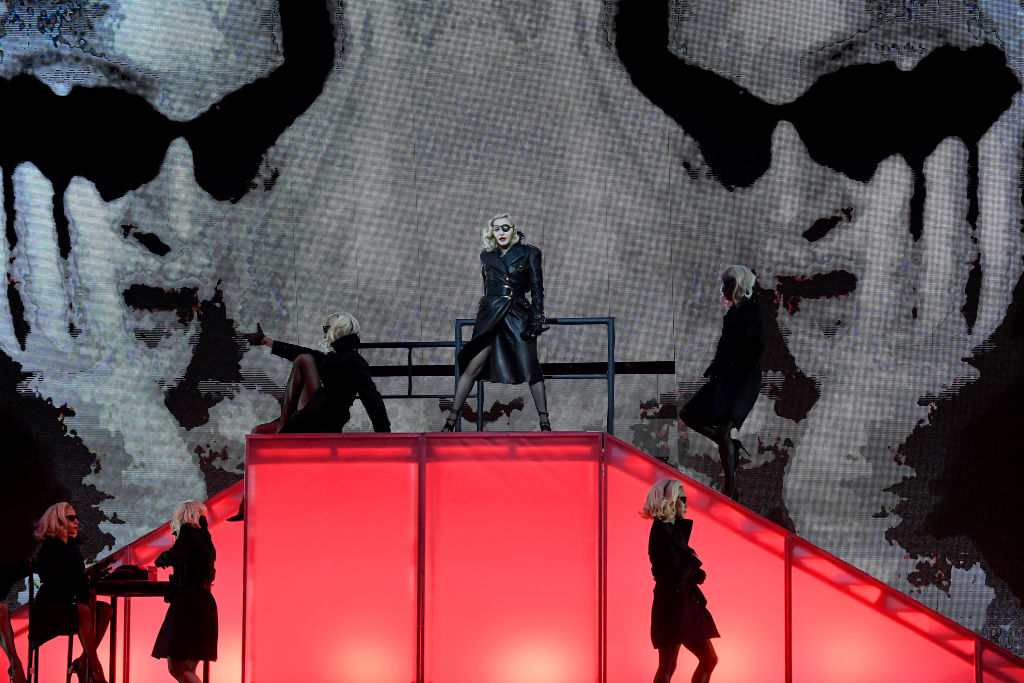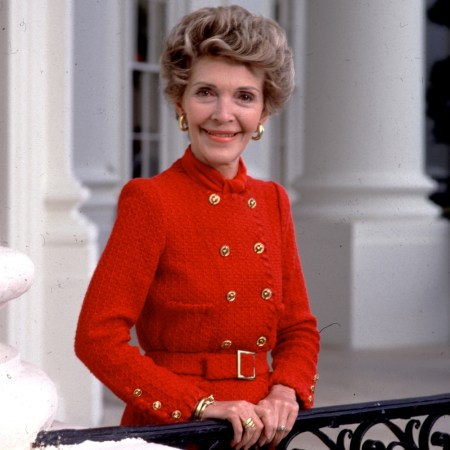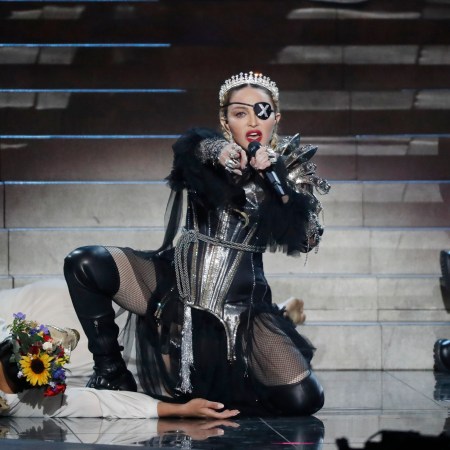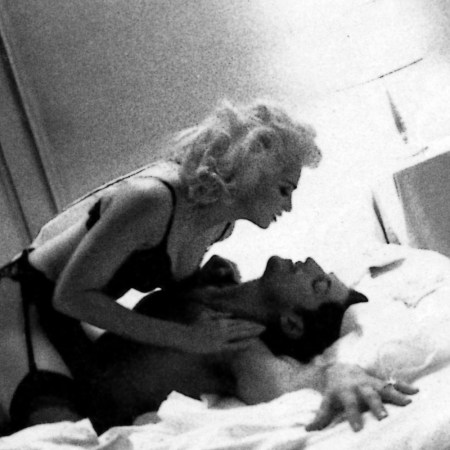Can social media be used to raise awareness of flaws within social media’s ground rules? For years, a growing cohort of celebrities, activists and others have expressed their frustration with the way Instagram handles photos where nipples are visible. Earlier this year, in an article published at Hyperallergic, Emma Shapiro wrote about the decade-long history of the “Free the Nipple” movement, which — as Shapiro phrased it — described it as a “full-voiced campaign for change.”
The latest high-profile figure to criticize Instagram’s policies is Madonna. As reported by The Guardian, Madonna posted photographs of herself in which viewers could see her nipple — which then led to Instagram taking down the photos in question. She then reposted them on her account with a slight alteration — using an emoji to cover part of her nipple. Along with the images came what could accurately be described as scathing commentary on the social media platform’s policies.
Madonna noted that Instagram had told her management that the photos were initially removed due to the presence of “a small portion” of her nipple. Her response was to call out the longstanding taboo around the display of women’s nipples on the site — and, more broadly, everywhere.
“It is still astounding to me that we live in a culture that allows every inch of a woman’s body to be shown except a nipple,” Madonna wrote. “As if that is the only part of a woman’s anatomy that could be sexualized. The nipple that nourishes the baby! . Can’t a mans nipple be experienced as erotic ??!! And what about a woman’s ass which is never censored anywhere.”
It’s a convincing argument, pushing back against a policy that seems simultaneously puritanical and wildly inconsistent. Madonna isn’t the first one to make this critique; unfortunately, she probably won’t be the last to do so, either.
Thanks for reading InsideHook. Sign up for our daily newsletter and be in the know.


















